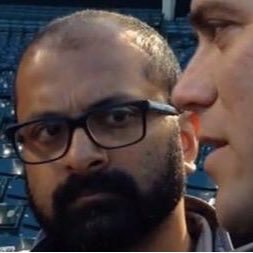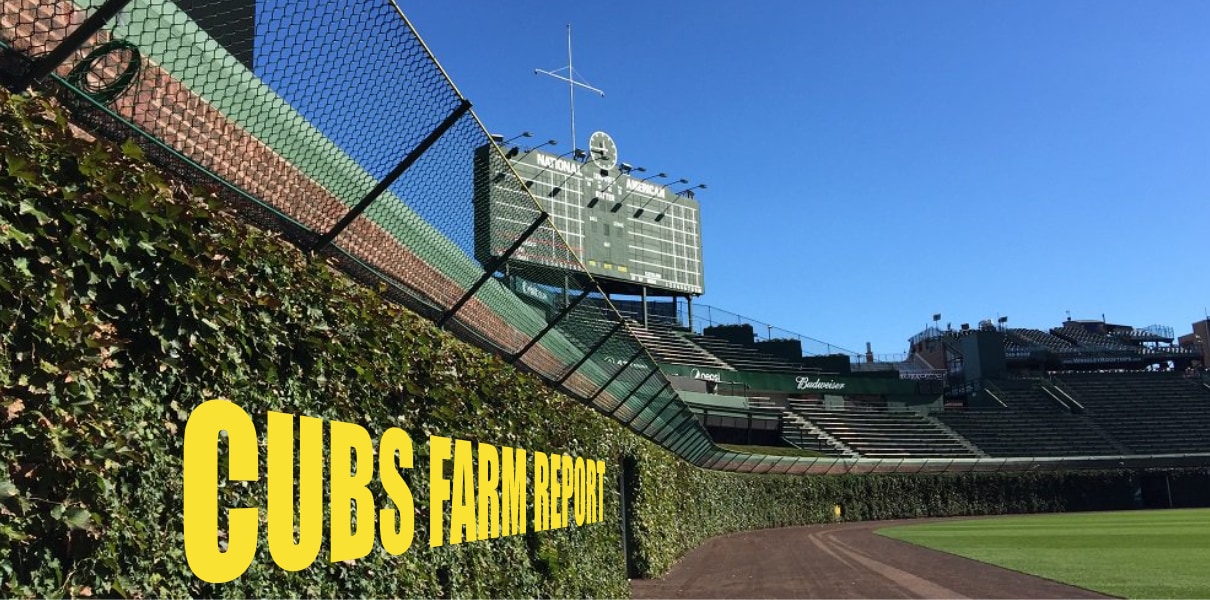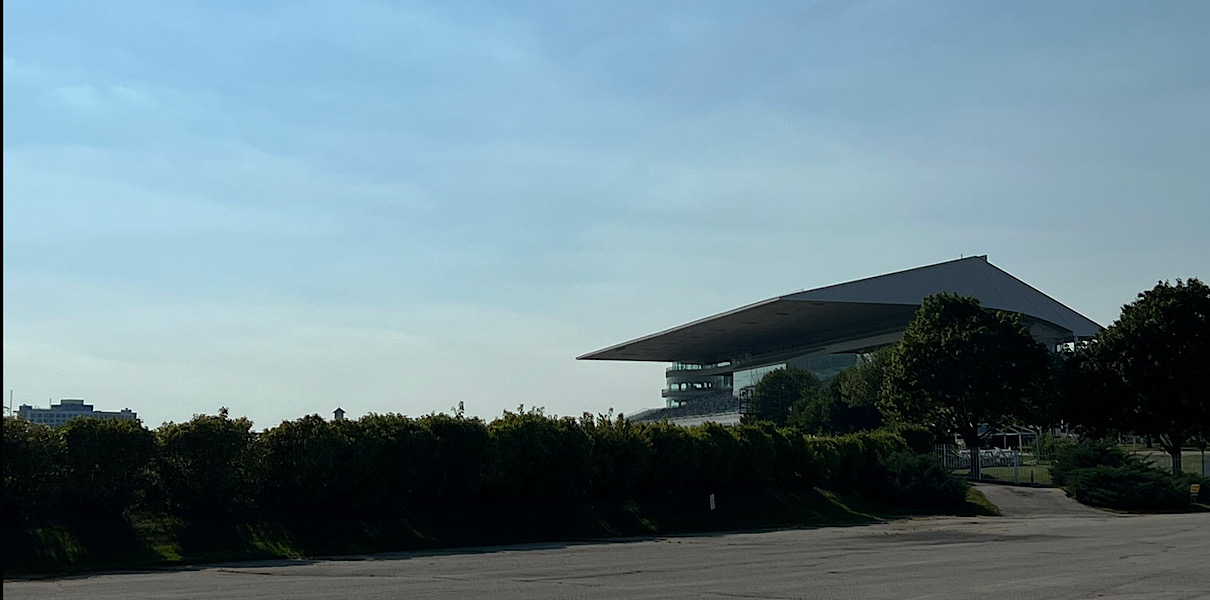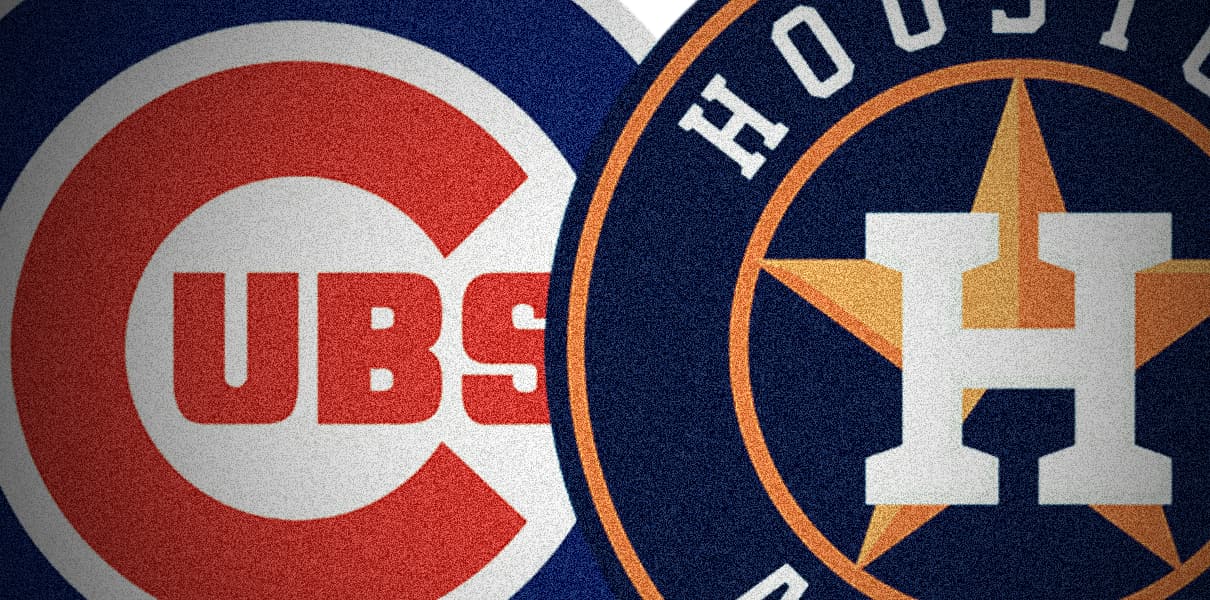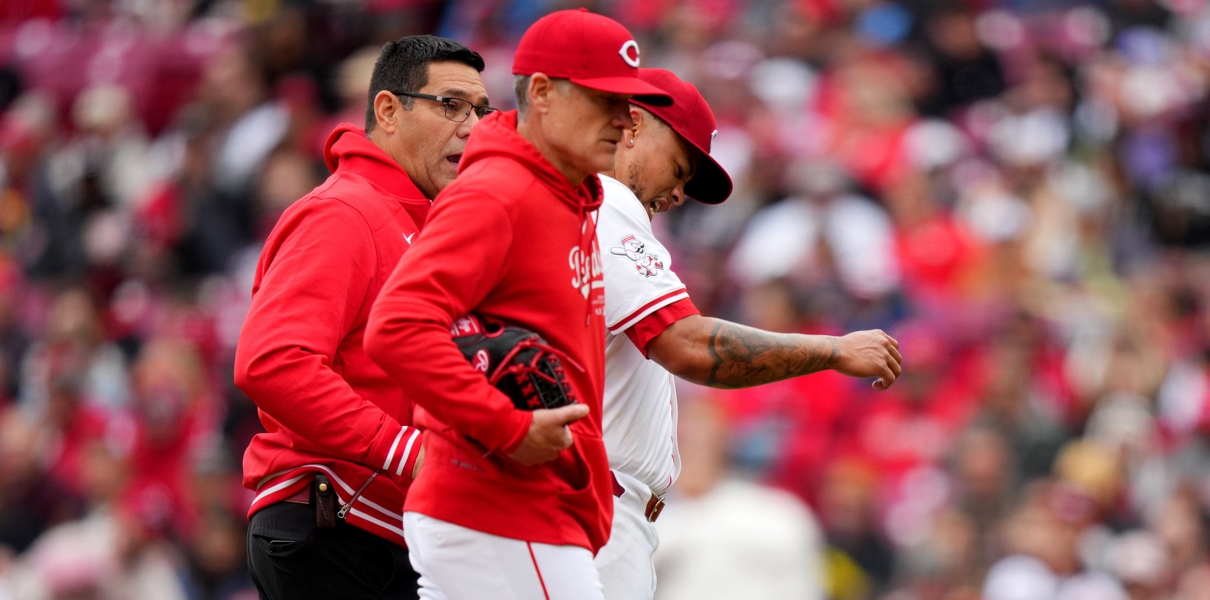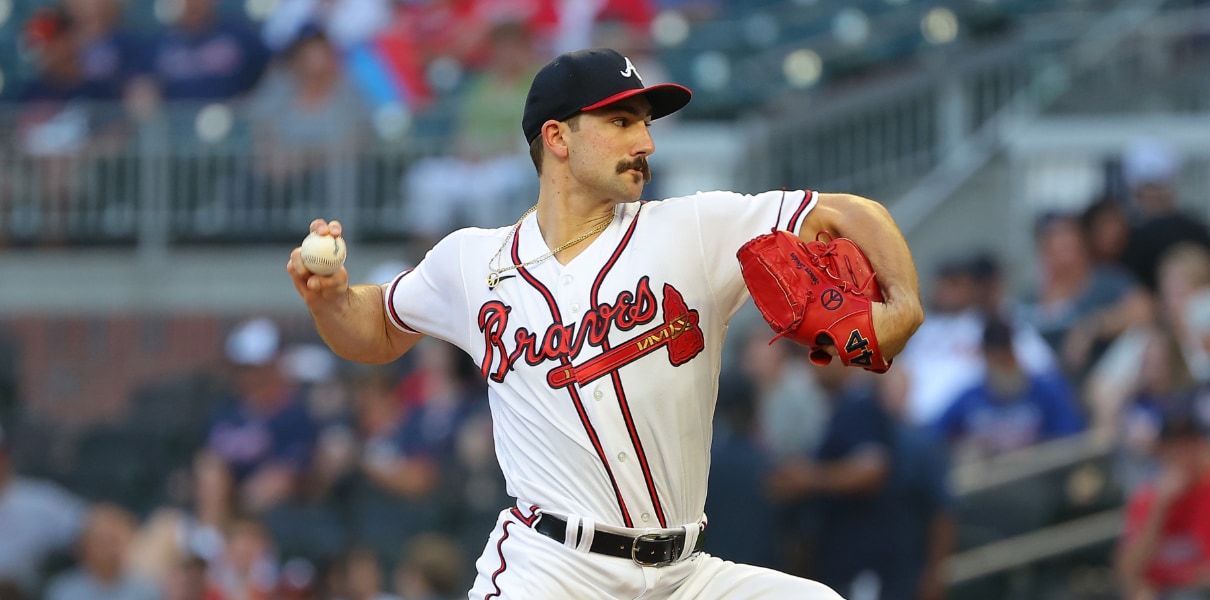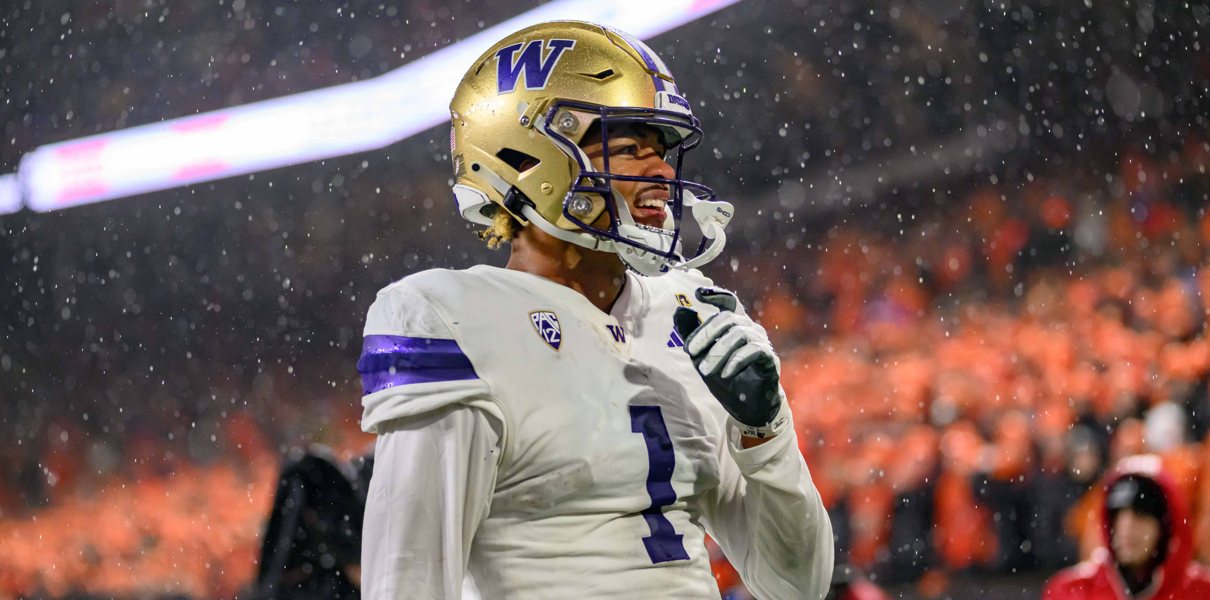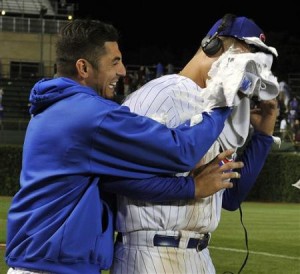
In all likelihood, you’re already well aware that the Cubs are 14-5 since June 25th, which is the best record in baseball during that stretch. (Oh arbitrary endpoints, you can make even the crappiest of teams look good!) You’re also probably aware that the most anticipated Cubs debut in a quite a while, Anthony Rizzo’s, took place on June 26th, a day after this surprising run started.
The simplistic (and frankly, lazy) answer to why the Cubs are suddenly playing well would be that Rizzo’s presence has suddenly vaulted them onto a higher level of play. That obviously isn’t the case, since the arrival of one player, no matter how good, can’t suddenly make the worst team in baseball the best. It just doesn’t happen, not in this sport.
Rizzo taking over at first base every day for the past three weeks has definitely improved the club, but there are other reasons why this team is playing good baseball over that stretch.
For brevity’s sake, from here on out, I’ll refer to the Cubs’ recent winning ways as The Streak, which I decided to use instead of the more snarky, The Mirage.
Here are just a few of the reasons the Cubs are finally looking like a competent franchise on the field in 2012.
Paul Maholm
Maholm was dominant once again in Thursday afternoon’s 4-2 victory over the Miami Marlins. Maholm tossed eight innings of one-run ball, add that to his previous three starts, all during The Streak, and Maholm has a 0.92 ERA in 29 1/3 innings pitched with 19 strikeouts and only three walks. Those three walks, paired with the fact that he hasn’t allowed a home run, have been key for Maholm because he’s still been giving up hits (7 H/9) during The Streak. By avoiding free passes and the long ball, Maholm has been able to limit the damage the hits may have caused. Of course, the added bonus to all of this is that the timing of this spectacular run from Maholm gives the Cubs another pitching commodity that could be moved for prospects.
Jeff Baker and Reed Johnson
Remember when the Cubs were oh-fer in their first nine games against lefties, leading to a 2-16 start overall against southpaws? During The Streak, they’re 7-2 when a lefty takes the mound. Possibly the biggest reason for that turnaround are the hot bats of Reed Johnson and Jeff Baker. While Baker and Johnson embarrassed lefties in 2011 before they both hit the DL in June, neither was producing this year, regardless of the pitcher’s handedness that they faced. On June 24th, Baker was posting an overall line of .238/.292/.338 (.235/.298/.353 vs LHP) and Johnson wasn’t anything special at .283/.346/.403 (.268/.328/.411 vs LHP). During The Streak, Baker has gone off at .438/.455/.875 with three homers and five doubles in 33 plate appearances (.423/.423/.846 vs LHP). Johnson is at .400/.400/.657 (.524/.524/.952 vs LHP) and has played his usual stellar defense. Dale Sveum was frequently ridiculed for sticking with the same lineup against lefties throughout the struggles, but his faith in Baker and Johnson has finally paid off.
Carlos Marmol
Marmol isn’t the dominant force he was in 2010 when he carried an eye-popping 16 K/9 in his first season as the full-time closer. It’s unlikely that he’ll ever reach that level again, but Marmol has been better during The Streak. While he’s still walking too many people (9.9 BB/9 on the season and eight walks in 8 1/3 innings since June 25th), he’s temporarily back to an elite K-rate of 14.1 K/9. Marmol’s been trusting his fastball more (or at least he’s been forced to do so, it’s been reported that he’s been ordered to not shake off his catcher since he returned to his role as closer) and that’s led to some better results. Marmol is still consistently maddening, and one never knows when the bottom may fall out. But, over the past three weeks, he’s been a significant improvement over what Cubs’ fans witnessed during the better part of the first three months of the season.
All this isn’t to say that Rizzo isn’t a huge part of the Cubs now and in the future. Not only has he produced with the bat (.338/.365/.563), but he’s provided stellar defense. His ability to scoop many throws that are bounced to first, something that Bryan LaHair struggled with, has really reduced the infield throwing errors, especially from Starlin Castro.
But it’s what he’ll provide off the field that makes him all the more valuable. Rizzo, whom Jason McLeod once told me has the greatest makeup of any prospect he’s ever been around, is sure to develop into a leader in the clubhouse. Just 18 games into his Cubs career, he’s already earned the respect of his teammates. In a few years, while he may not be the best player on the team, he’ll undoubtedly be the catalyst that ensures strong team chemistry.
For a stat nerd like myself, it’s sometimes difficult to accept just how important immeasurable attributes like leadership and makeup are to a team. But there’s no doubt that Rizzo’s positive influence off the field is a good thing for the Cubs.
In a few years, the Cubs hope that an influx of young talent will be coming up to the big league club. Having a steady influence for those kids like Rizzo’s – along with his strong bat in the lineup – is something the Cubs will find invaluable.
But all of that, plus his performance so far, isn’t the sole reason the Cubs are currently the hottest team in baseball.

